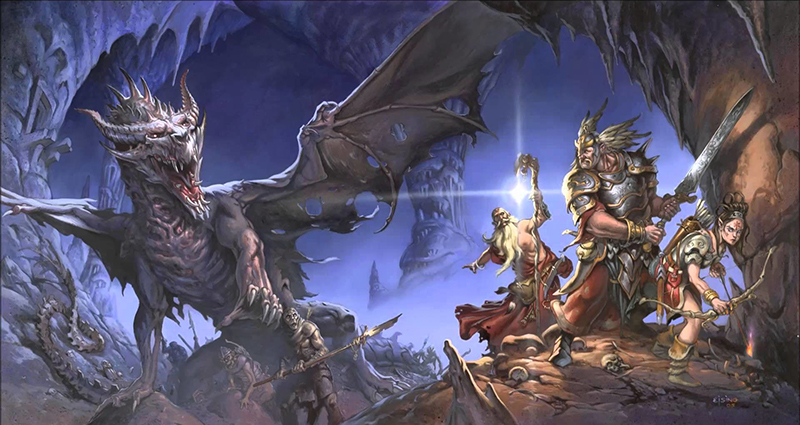How to start a D&D Club at school

Dungeons and Dragons teaches math, reading, team work and creativity.
If you’re reading this post then you’re either an educator looking to teach students Dungeons and Dragons or your a student in middle school, high school or college looking to share your love of D&D. You’re not alone and D&D is becoming quite popular again and schools everywhere are creating clubs to let young adventurers gather and play the world’s great role playing game.
You have this idea to start a D&D Club – now what?
Each school is going to have its own rules and regulations for creating any type of club so first thing to do is find out what your school policy is for creating a club and then make sure you follow those rules. To get some initial momentum, share this idea with friends and students to generate interest so you can determine how many people will be in the club.
How are you going to manage the D&D sessions?
- If you’re a teacher creating this club will you be the DM or will you have an experienced student DM?
- If you have more than 6 or 8 people, will you rotate the DMing duties?
- Determining who will run campaigns will be key to successfully getting this club off the ground.
- Have a room available to host the club after school and determine the weekly meeting time and location.
To successfully manage a D&D club you should keep the length of each campaign to 2 – 3 sessions. This will allow the members to rotate campaigns, take turns being the dungeon master, or game master, and prevent from getting into a campaign rut.
Benefits of playing Dungeons and Dragons
Dungeons and Dragons can teach students many things that will help them in school. Playing Dungeons and Dragons can help students with presentation skills, collaboration, math, problem-solving, leadership skills, public speaking, and even expanding their imagination. A D&D club is also a great outlet for introverted students, sometimes socially awkward, or those who are not used to interacting with groups. Plus any time students use their imaginations is a good time.
Create a Code of Conduct
The code of conduct should follow the rules for clubs at your school but they also should be relevant to playing Dungeons and Dragons. An example of a code of conduct for D&D Club members to follow:
- I will make by best effort to come on time and stay until the end.
- I will not bring food or drink to the D&D table. I will ask permission before touching the maps or materials provided by others.
- I will encourage others and use positive and uplifting language. I will support, validate, and encourage myself and others.
- If things don’t go my character’s way, I will accept it gracefully. If I cannot accept it gracefully, I will leave until I can.
- If I am not being heard, I will raise my hand and wait for the DM to call on me.
- I will avoid excessive conversation that is not relevant to the adventure. I will listen to others. I will allow others to get attention from the DM.
Promotion
Now that you have rules, have followed your school policy it is time to promote the club. Flyers, announcements, social media are all ways to get the word out to students. The goal is to have fun with the club, meet new people and play as much Dungeons and Dragons as possible.
